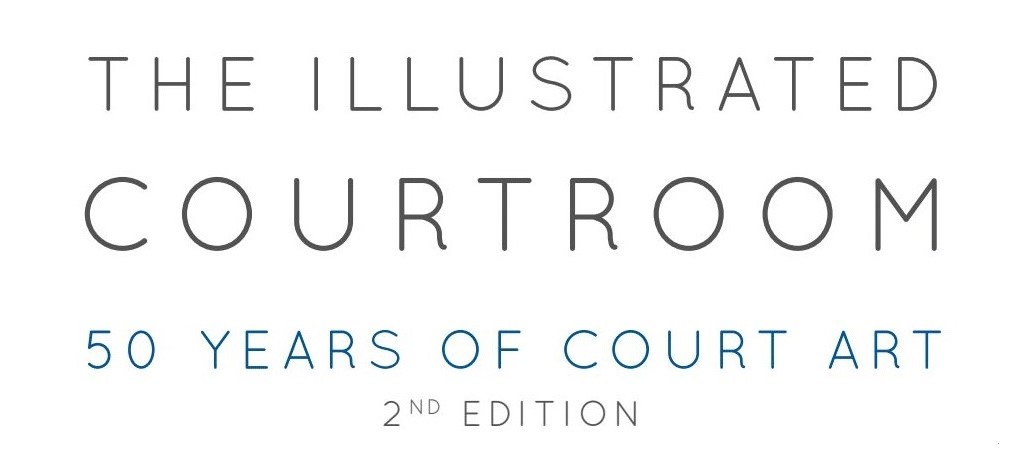 |
Judge Nicolas Zambrano of Ecuador, being questioned by defense attorney Julio Gomez by Elizabeth Williams |
Gibson Dunn's Randy Mastro vowed earlier to give "a big New York welcome" to Judge Nicolas Zambrano of Ecuador, who denies that Steven Donziger or his Ecuadorian team ghostwrote the $19 billion tort judgment issued in his name against Chevron. On Tuesday Mastro delivered on his promise
Mastro surprised Zambrano with a pop quiz about the Ecuadorian judgment, which Zambrano avers that he wrote unassisted. Zambrano was unable to answer a single question correctly. (Readers who wish to take the quiz themselves may check the correct answers at bottom.)
What did the judgment's author identify as "the most powerful carcinogenic agent" detected in oil pollution samples from the Ecuadorian Amazon?* Zambrano started fumbling with the papers in front of him. U.S. District Judge Lewis Kaplan admonished: "Sir, do not look through the judgment!" Then Zambrano asked if he could take the test by multiple choice. Mastro reasked the first question, and Zambrano replied "I don't recall."
What did the judgment's author call the "statistical data of the highest importance to delivering this ruling"?** Zambrano again began fumbling with his papers. "He's leafing through the document!" cried Mastro. "Put the document down!" bellowed the judge. Mastro reasked the question, and Zambrano guessed the wrong report.
What theory of causation did the judgment's author adopt?*** "Do not look at the judgment, sir!" Mastro yelled. Zambrano replied, "I don't recall."
What does the abbreviation "TPH," which the judgment's author used 38 times, stand for?**** At deposition Zambrano replied, "It pertains to hydrocarbons but I don't recall exactly." At trial Zambrano claimed to know the answer. "Do you want to tell us?" asked Mastro. "No," replied Zambrano.
Later, Mastro explored how certain TPH percentages had been calculated in the judgment. "Do you even know what an Excel spreadsheet is?" asked Mastro. "No," replied Zambrano. How then had the TPH percentages been calculated? Zambrano initially said he didn't recall. When pressed by the judge for his best recollection, he said that he took them from expert reports.
Zambrano's problems as a witness did not stop with the quiz. He testified that he did not know whether his 18-year-old assistant knew any French or English, but that she found on the Internet the French, American, English and Australian decisions that he relied on in his judgment.
Zambrano offered no documentary evidence outside the judgment to prove his authorship, saying that he had destroyed his notes. He said that he did not know how the judgment included a string of more than 100 words from a plaintiffs' draft memo that did not appear in the court record.
Zambrano offered no explanation for how nine of his Chevron orders and more than 100 of his other orders in other cases appeared in draft form on the computer of Judge Alberto Guerra, who claims to have worked as Zambrano's paid ghostwriter. He offered no explanation for a bank deposit slip showing a payment from Zambrano, or for notations in Guerra's diaries of several payments consistent with Guerra's avowed salary as Zambrano's ghostwriter.
Over the course of the day, there were too many apparent inconsistencies between Zambrano's trial and deposition testimony to immediately count. Perhaps most damaging was his trial testimony that he did not read the full court record in the Ecuador case. At deposition four days earlier he had sworn: "In order to rule on it I had to read it, and that's what I did."
In a statement, Donziger spokesman Chris Gowen complained that Mastro relied "on poor translation and semantics and never once allow[ed] the witness the opportunity to explain his testimony—a basic component of proper impeachment." Zambrano will be far more credible Wednesday, Gowen added, when he is allowed to answer more than yes or no. Donziger had better hope so, as Gowen has repeatedly said that the trial hinges on which Ecuadorian ex-judge is more credible—Alberto Guerra or Nicolas Zambrano.
Near day's end Mastro posed one more pop quiz question: Do you know what the English word "workover" means?***** At the judge's suggestion, Mastro wrote the word in large letters on a blank sheet of paper, and waved it at the gallery like a magician showing a card to the audience before his next trick. Zambrano said he didn't know. Finally Mastro asked: "Do you know how an English word that you couldn't even identify in court today and appears in [a proprietary document from the plaintiffs] ended up appearing in English in the judgment?" Zambrano answered no.
Congratulations to readers who scored at least 1 out of 5 on the quiz! Chevron argues that you are likelier than Zambrano to have written the $19 billion judgment issued by the Provincial Court of Sucumbios on Feb. 14, 2011.
*The correct answer is benzene.
**The correct answer is the San Sebastian cancer study.
*** The correct answer is "the theory of sufficient causation."
**** The correct answer is Total Petroleum Hydrocarbons, or the Spanish equivalent.
***** The correct answer is "maintenance work done on an existing oil well."


No comments:
Post a Comment